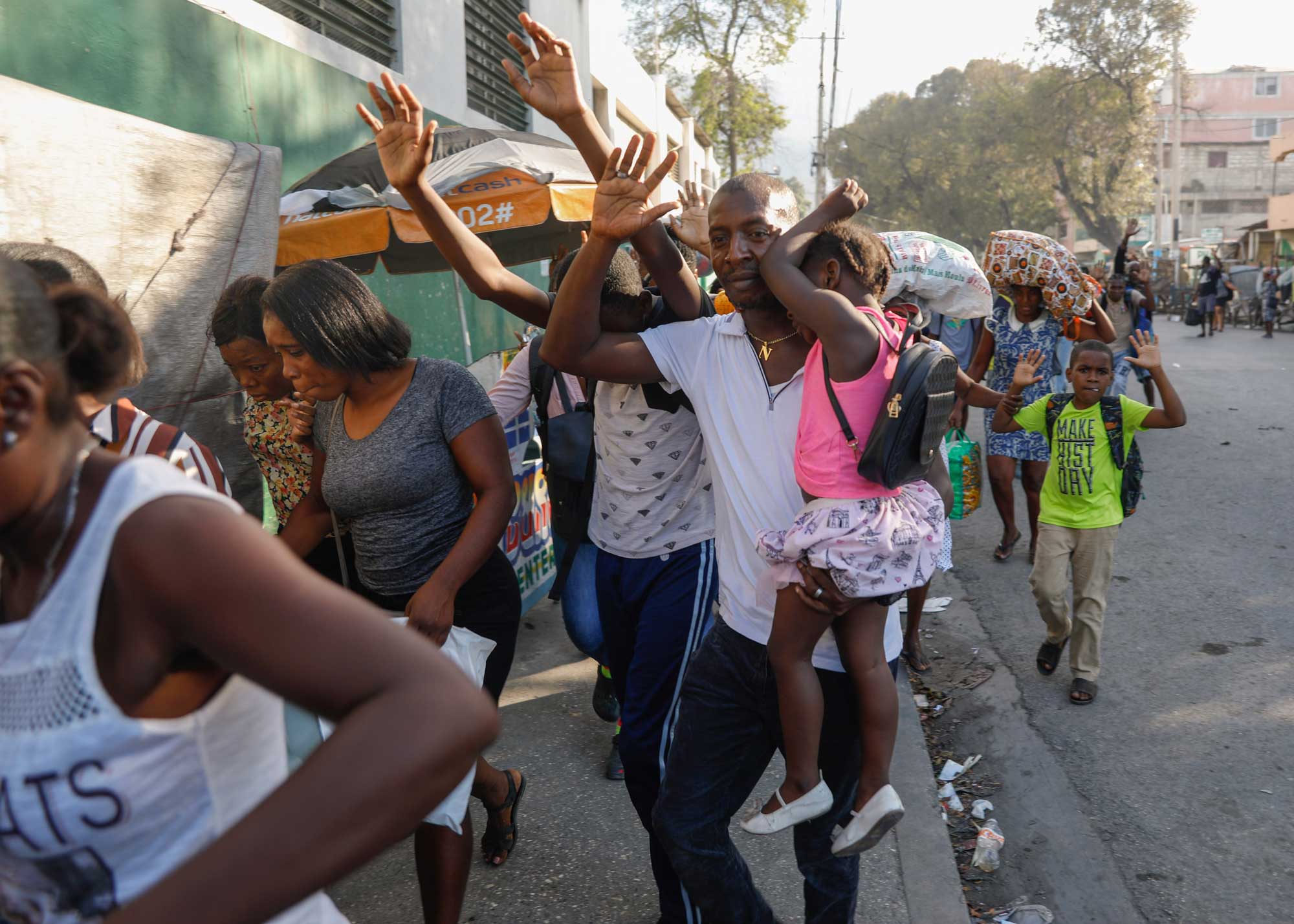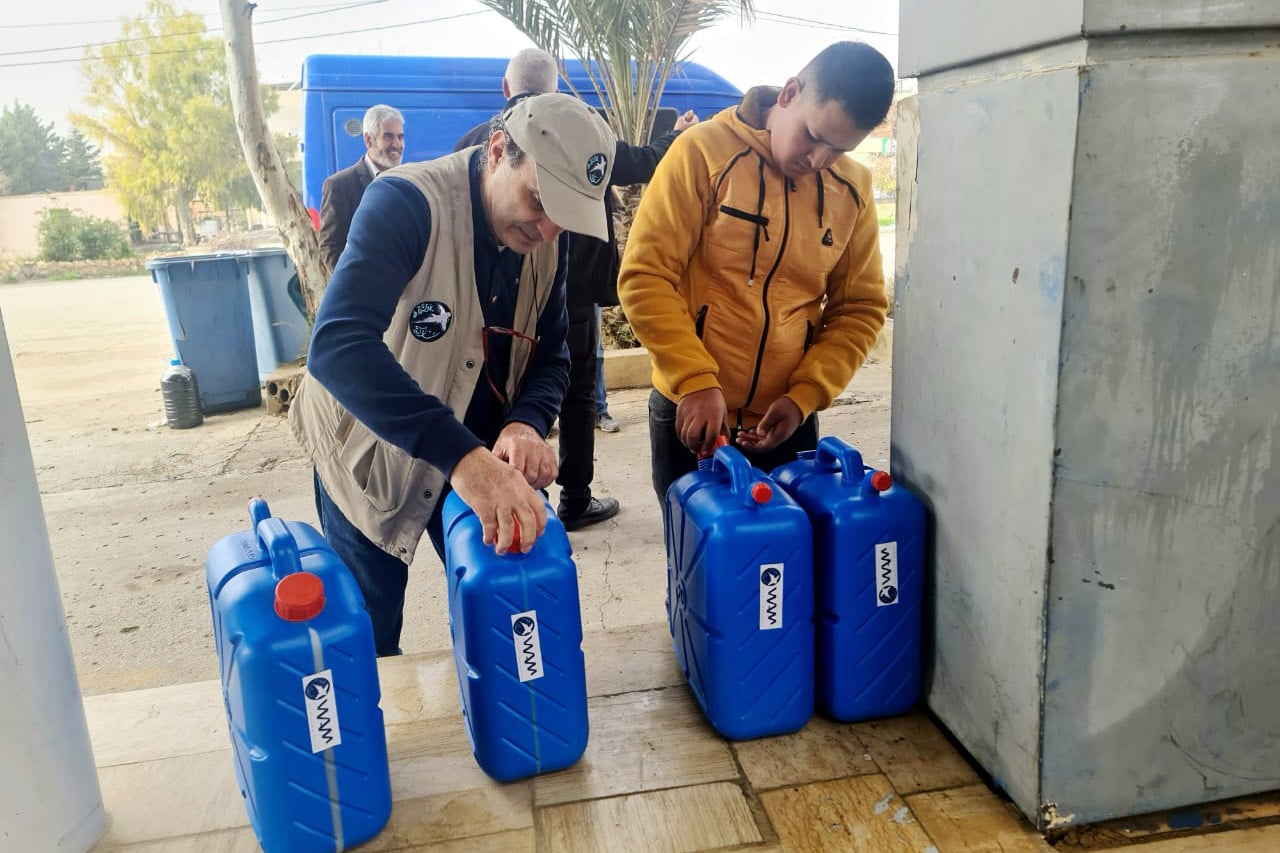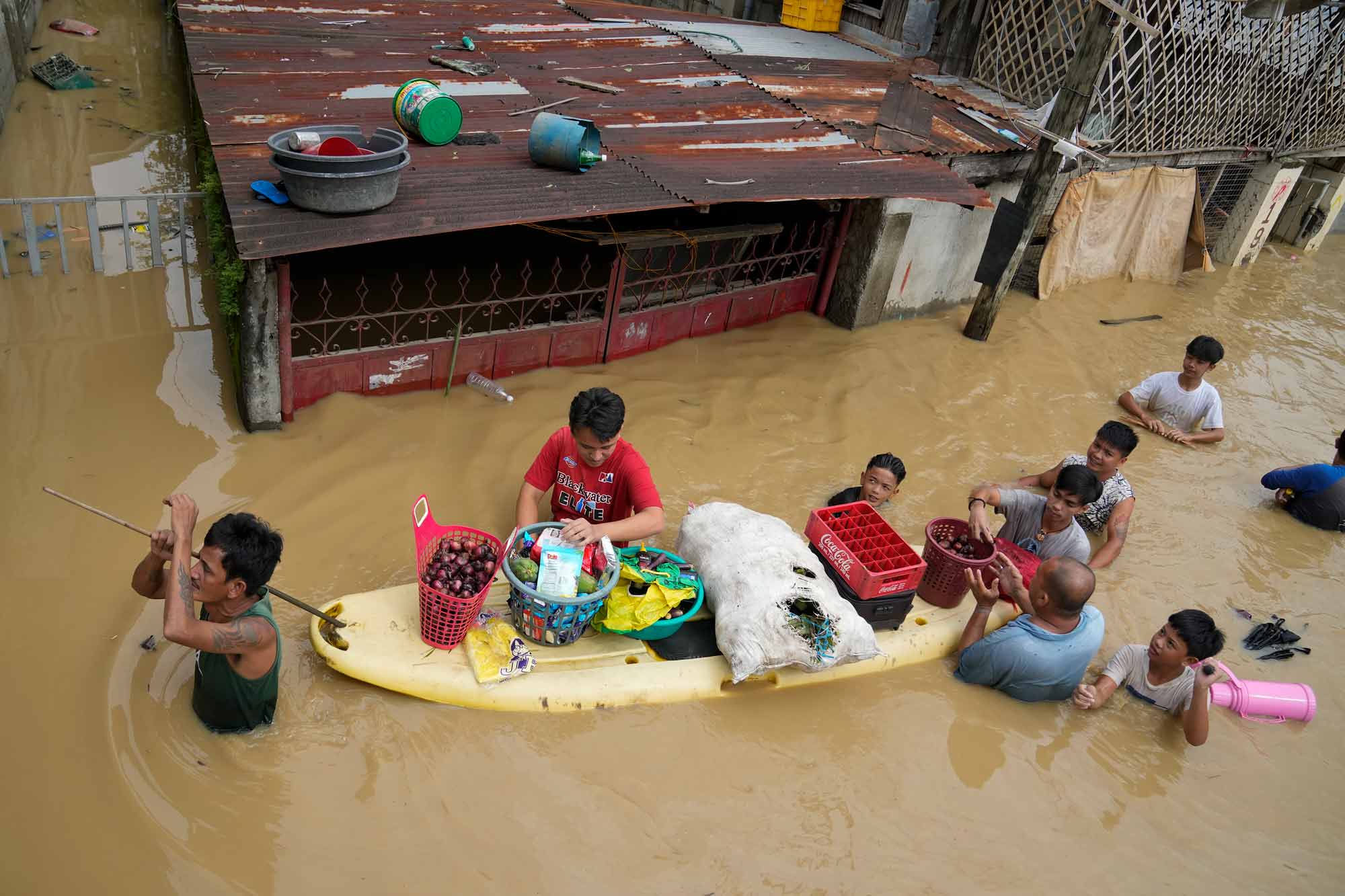
The crossing from Cebu to Malapascua is challenging the banca, a bamboo and wood boat similar to a catamaran. At the helm of the banca, which has Amazing Grace stenciled on its sides, is the 41-year-old skipper Elmar.
Standing next to Elmar is Roger Makilina and Glenn Garrison. Both have partnered with Convoy of Hope to build 50 new homes for families — including Elmar’s — on Malapascua, which was devastated by Typhoon Haiyan on November 8 last year.
On that day, Haiyan, regarded as the strongest storm ever to make landfall and the deadliest in the Philippines killing 6,286 people, slammed Malapascua. Thankfully, no one died. However, almost everyone on the tiny island lost their home.
“Getting the materials from the mainland to the island is the most difficult part of the building process,” shouts Makilina over the rumble of the diesel engine that is propelling the banca across rough seas. “This is challenging, but the homes we’re building are so needed.”
An hour later the Amazing Grace lands just short of the white sand beaches of Malapascua. The beachfront is a traveler’s paradise with turquoise waters and quaint resorts where tourists frolic under palm trees. But just beyond the tropical oasis is a wasteland of lean-tos, snapped palm trees, piles of debris and residents bent on rebuilding their community.
Though the scars of Haiyan are etched throughout the landscape Makilina, a local pastor who is serving as the lead contractor, can’t help but smile as he leads our team through the rubble.
“We are building quality houses with concrete slabs!” he says proudly stepping into a home that is under construction. “The homeowners are so happy, because the homes are a big upgrade from the dirt floors and bamboo walls they’ve lived in previously.”
According to Raul Manuel, national director for the Philippines, Convoy of Hope partners One Child Matters and Garrison, a missionary to the Philippines, have moved the project forward quickly. He also notes that 50 more homes will be built on other islands.
“Part of our long-term disaster recovery plan is to help families make their way back to their self-sustaining livelihoods that they had before the storm,” says Manuel. “To help them do that, we met their immediate needs with food and water in the days after the storm. Then, we provided supplies to help the local fisherman get back in business and now we’re building homes for families.”
Rising above neighboring lean-tos is a brand new house built by Convoy of Hope. The walls are covered with sheets of coconut wood. Studs are spaced nearly every 16 inches per U.S. building standards. The roof has corrugated tin and the floor is a fresh slab of concrete. Standing in her nearly completed house is 22-year-old Margorie. She has her toddler son on her hip and a wide smile on her face.

“I am so happy and excited,” says Margorie, who cooks food for Convoy of Hope’s Children’s Feeding initiative. “Thank you to all the people who have supported us, we are so grateful.”
Less than a quarter mile away is Elmar’s new house. His wife, Murphy, gets teary-eyed as five of her seven children swarm at her feet. “I prayed for a long time for regular food and shelter,” she says. “God has provided!”

Back on the beach skilled boat builders rebuild bancas that were destroyed during the storm. Nearby, Elmar and his two eldest sons make anchor and busily go about off loading supplies that will help revitalize this tiny island. Raul watches them and smiles.
“The people here are resilient and will face the challenges of life no matter how big the storm,” he says. “But they need help, encouragement and someone to cheer them on. Convoy of Hope and its supporters are doing all these things, and it’s bringing hope on Malapascua and throughout the Philippines.”













